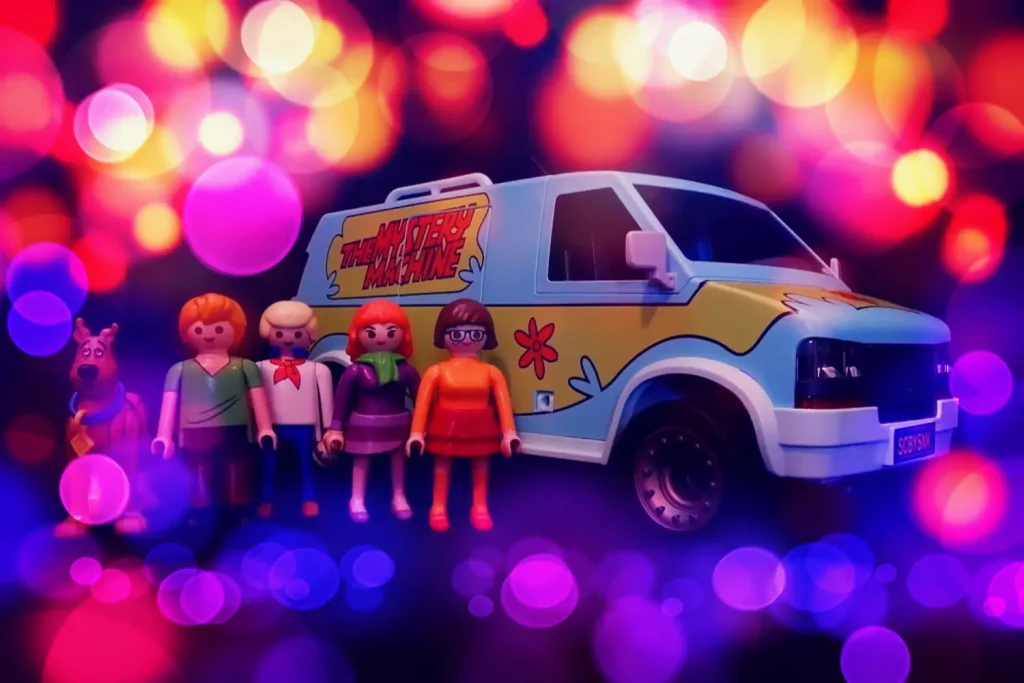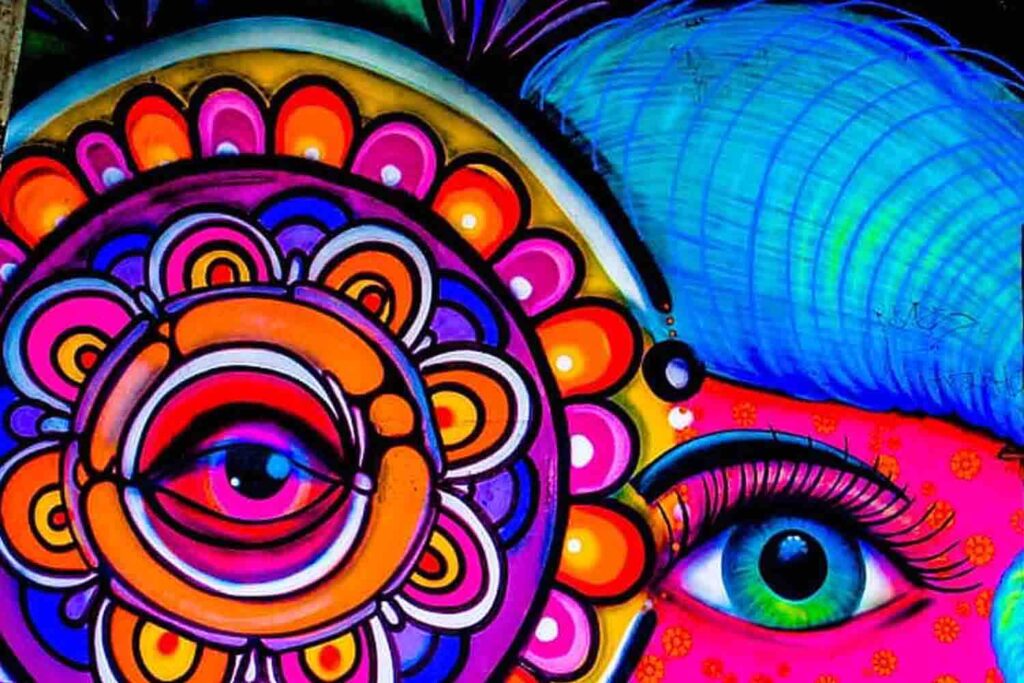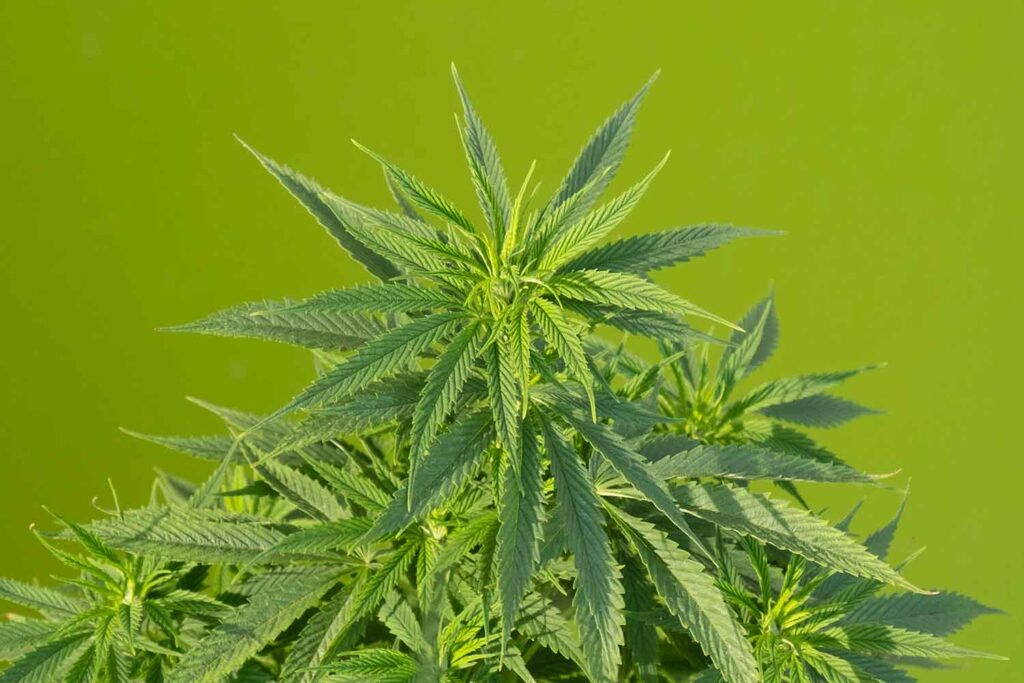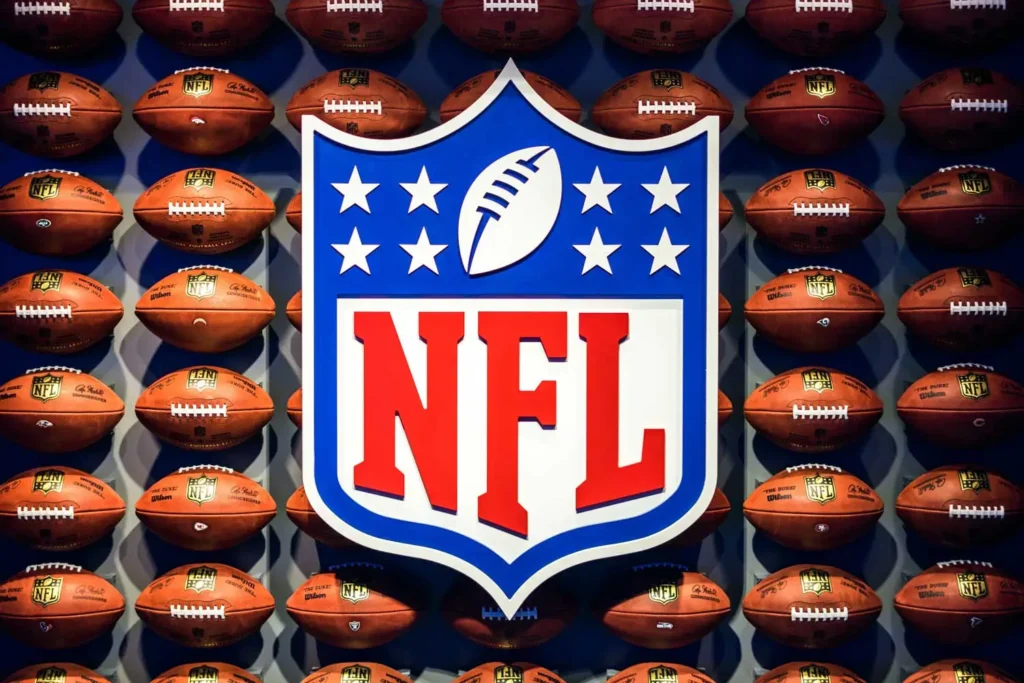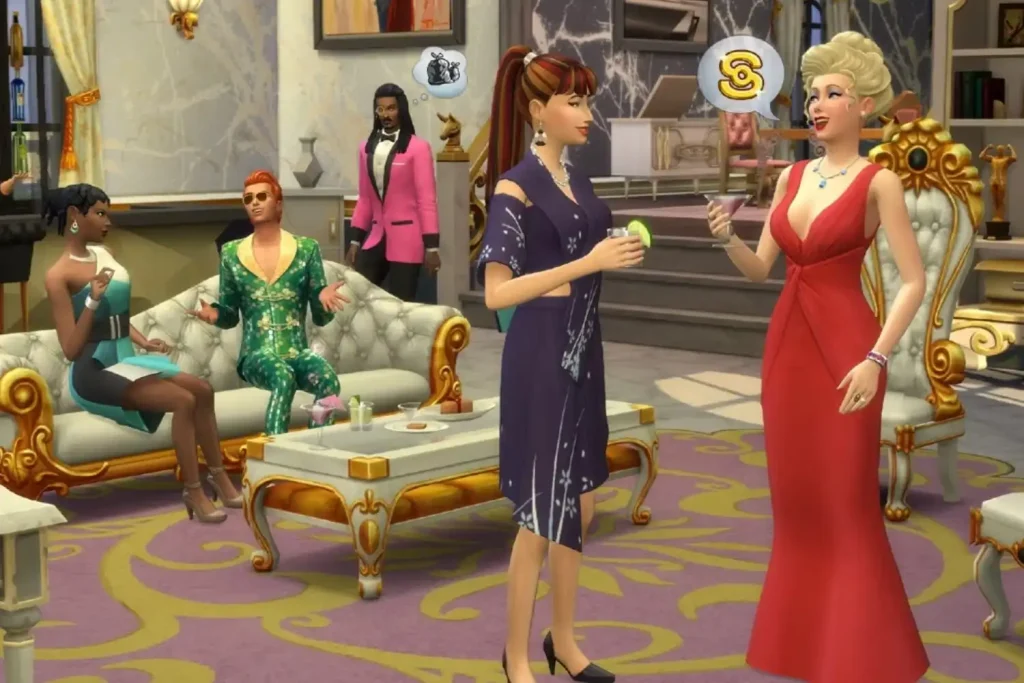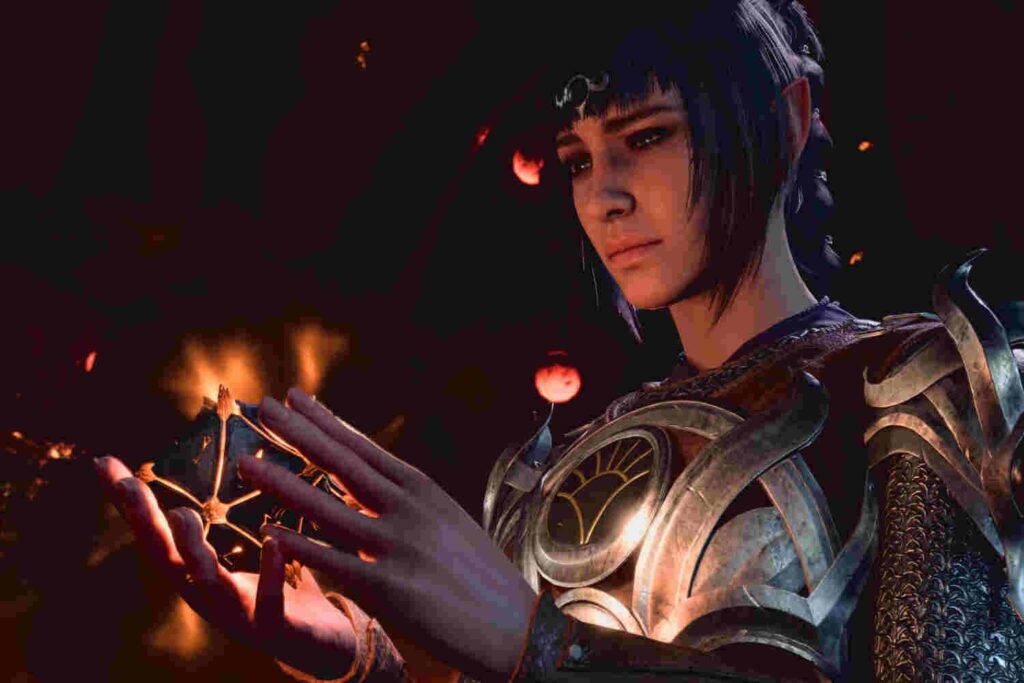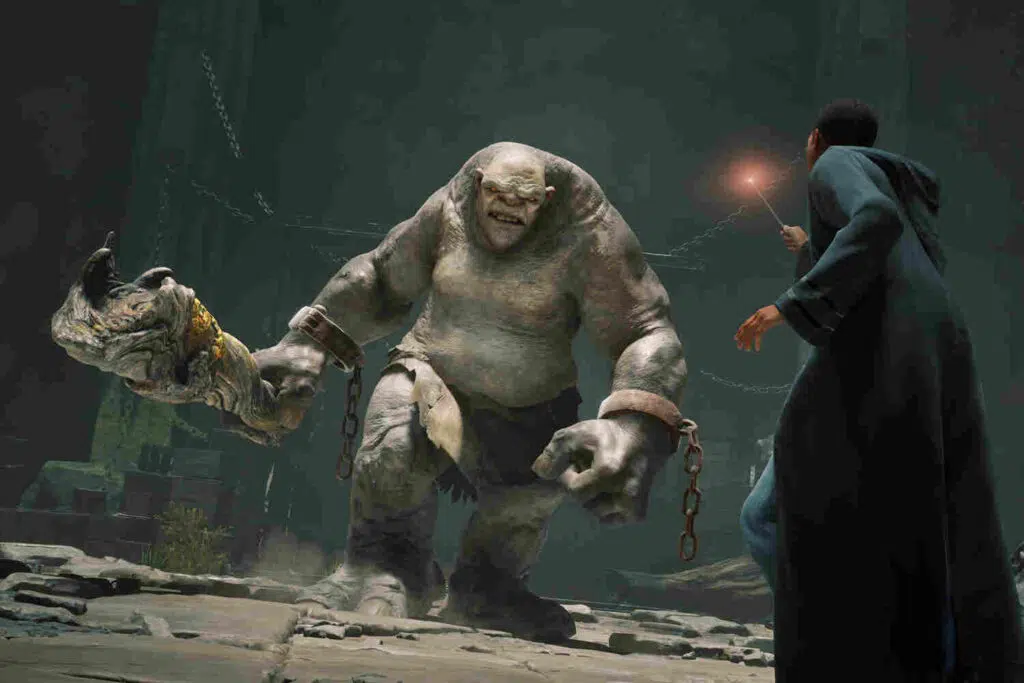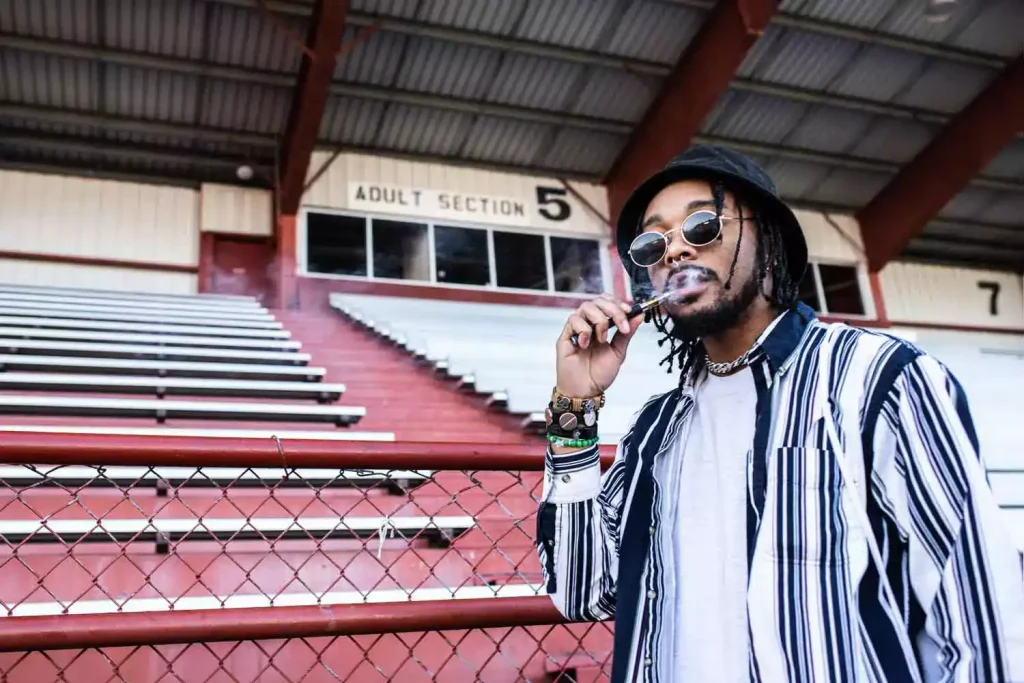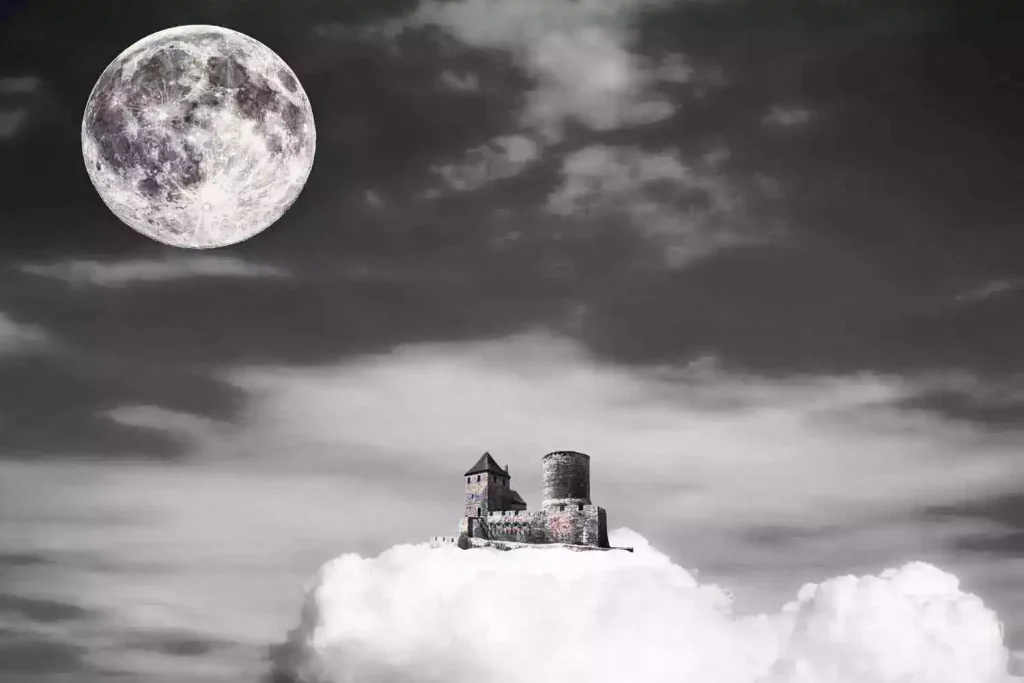Laugh Now, Cry Later Tattoo Meaning and Designs
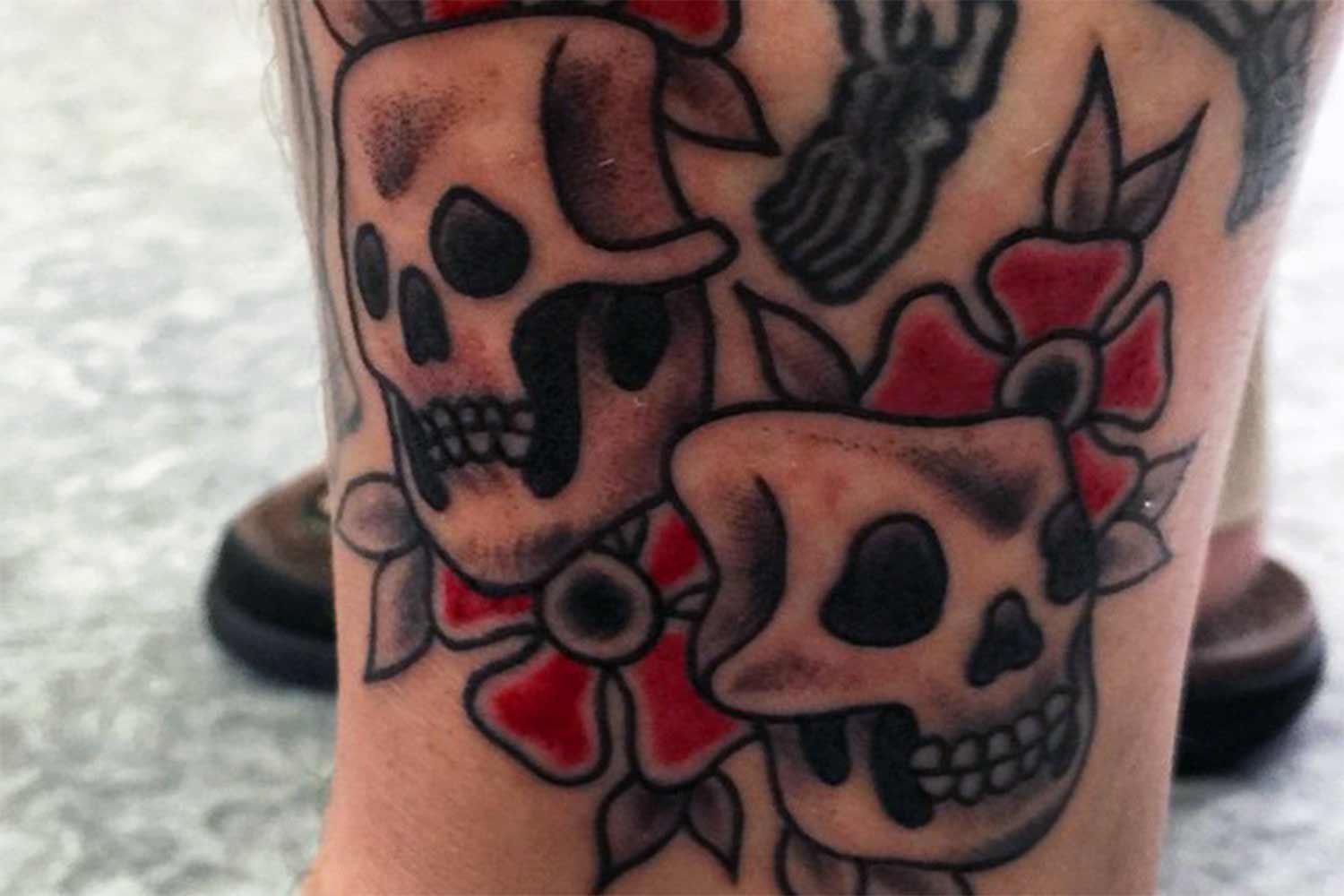
How do you prefer your drama? Thalia and Melpomene. Sock and Buskin. Comedy and Tragedy. Laugh now, and cry later. Known by many names, the duo that forms the theater masks have been inspiring art for nearly three millennia and this extends to tattooing. In this piece, we’ll delve into laugh now, cry later tattoos, their historical meaning and showcase a few designs to consider the next time you get inked.
Photo: Flickr
Laugh Now, Cry Later Origin
Originally, the two masks were part of a lineup of forty-four, representing different characters in plays staged at the world’s first theater. The Theater of Dionysus, as it is known, was built in Athens all the way back in 535 BC. In addition to being worn in the theater, these masks soon became fashionable to wear outside of it. They even inspired sculptors who carved the faces into stone.
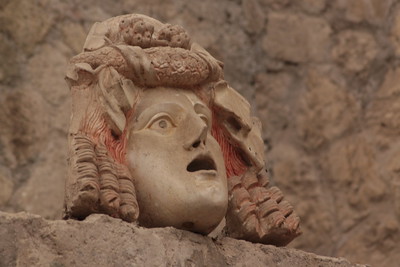
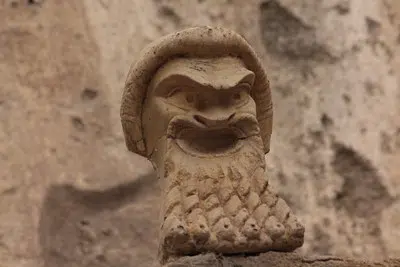
Laugh Now, Cry Later Meaning: Happy and Sad
Much like the distilling of human emotion down to a core six, the masks that stood the test of time represent two of the most important emotions that are essential to a play: happy and sad. Though the masks themselves fell out of fashion alongside the fall of the Roman empire, their role as representatives of the theater, especially of the most popular genres of comedy and drama, have endured.
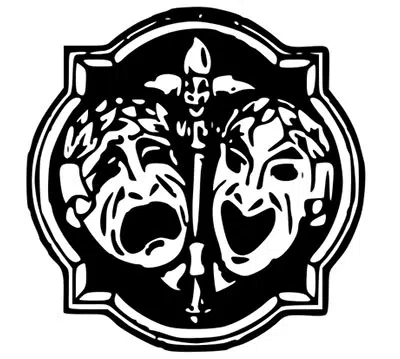
These masks and what they represent have also expanded to include everything from art itself to the philosophical idea that one must enjoy every moment today, for there might not be a tomorrow.
Laugh Now, Cry Later Gang Affiliation
Interestingly, this is also a big part of how these masks came to be associated with gangs as well. In this case, however, it was far less philosophical and more of a lived reality: live your life to the fullest and do whatever you want today because tomorrow you’ll either be dead or in prison.
Talk about a tragedy! Dionysus would certainly approve.
Laugh Now, Cry Later Tattoo Meaning
We know now, of course, that theater masks represent art and drama. Over time they have come to represent the joys and sorrows of life itself, making them a favorite among tattoo lovers worldwide.
Drama is the essence of life. These masks speak to the futility of the struggle or the strength of human nature. Man’s ability to brave any storm and still be able to smile when the skies finally clear up again.
It’s all about how you look at it.
Laugh Now, Cry Later Tattoo Designs
Now let’s take a look at a few designs to see the evolution of this captivating tattoo into different styles.
American Style Laugh Now, Cry Later Skull Tattoo
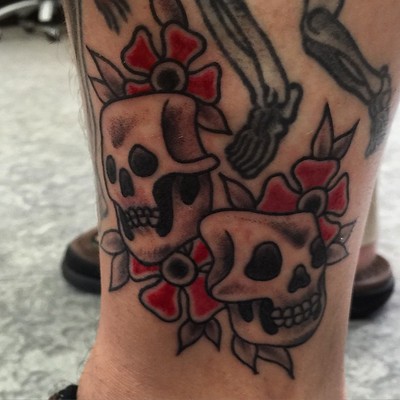
The the classic American style is the most common stye in which you’re likely to see laugh now, cry later mask tattoos inked. This style features the beloved imagery of skulls paired with bold thick black lines and bright red pigments to match. Additionally, they are usually inked on the arm or leg.
Despite the popularity of certain tattoo styles and placements, however, there really is no right way to get inked. Whether it be an intricate colorful tattoo on your neck or a simple line tattoo on your shoulder, tattooing is all about expressing yourself.
Classic Laugh Now, Cry Later Mask Tattoo
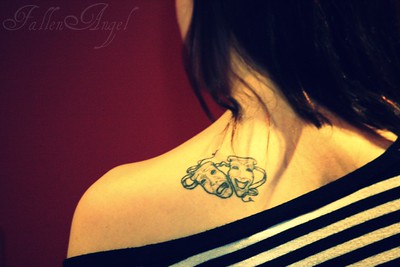
Since its introduction into common public usage, tattoo lovers have adapted the theater masks in a variety of ways. This includes using the imagery of popular characters like the Joker, as well as iconic masks such as those of Storm Troopers to replace the original mask faces.
Naturally, this allows you to get as creative as you’d like with your laugh now, cry later tattoo. So if you’re looking for some ideas for your next tattoo, try using your favorite characters as inspiration!
New School Style Tattoo
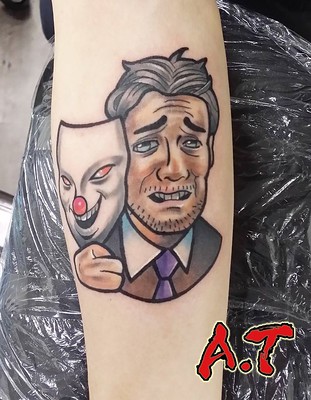
These pop-culture-influenced versions of the classic tattoo have, understandably, become the most popular version of the laugh now, cry later tattoo. Some of the most interesting versions of the drama masks, however, come from cultural variations. After all, theater is universal, and thus so are the masks that represent them.
Hannya Mask Tattoo Variation
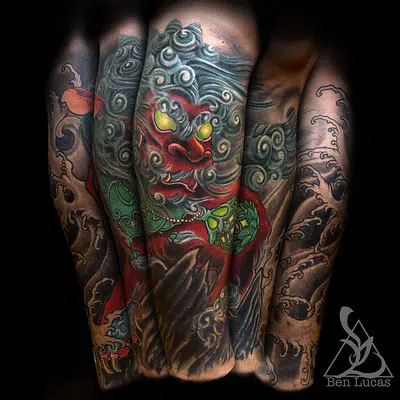
The Hannya mask serves as one of the most popular tattoos, even outside of East Asia. Used to represent a female demon in Japanese Noh theater, the Hannya mask draws on tales of women who, spurned by their lovers, turn into a monster born out of their rage and pain following an unforgivable betrayal. The mask, thus, features everything from horns to a contorted and terrifying smile.
Irezumi Tattoo Variation
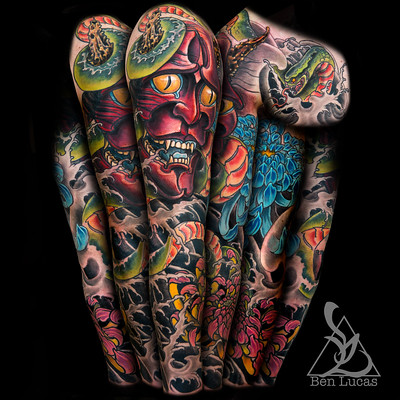
Inked, usually, in the traditional Japanese style of Irezumi, these tattoos are highly intricate. They often tell a detailed story within each piece. Thus they are generally larger pieces, such as arm or leg sleeves or back tattoos.
Irezumi drama mask tattoos, much like their gang-associated western counterparts, have gone from being a symbol associated with the Yakuza to a tattoo that is extremely popular with the general public. Gangs, on the other hand, are slowly steering away from such tattoos. This is owed largely to the fact that they betray their loyalties. It also makes them as much a target of rival gangs as of law enforcement.
To that end, tattoos that once held criminal connotations are now no longer associated with any specific group, making them more accessible to everyone as a form of artistic self-expression.
Who’s Laughing Now?
Tattooing began as a form of self-expressive art and came to be associated with criminal activity, before being reclaimed once again as art — just what happened with the laugh now, cry later tattoo. Art imitates life, and life imitates art indeed! That said, if you plan on getting a tattoo soon, you might wonder if you can drink or smoke afterwards to celebrate. You might be surprised to learn that if you do, it could compromise the quality of your new art.

